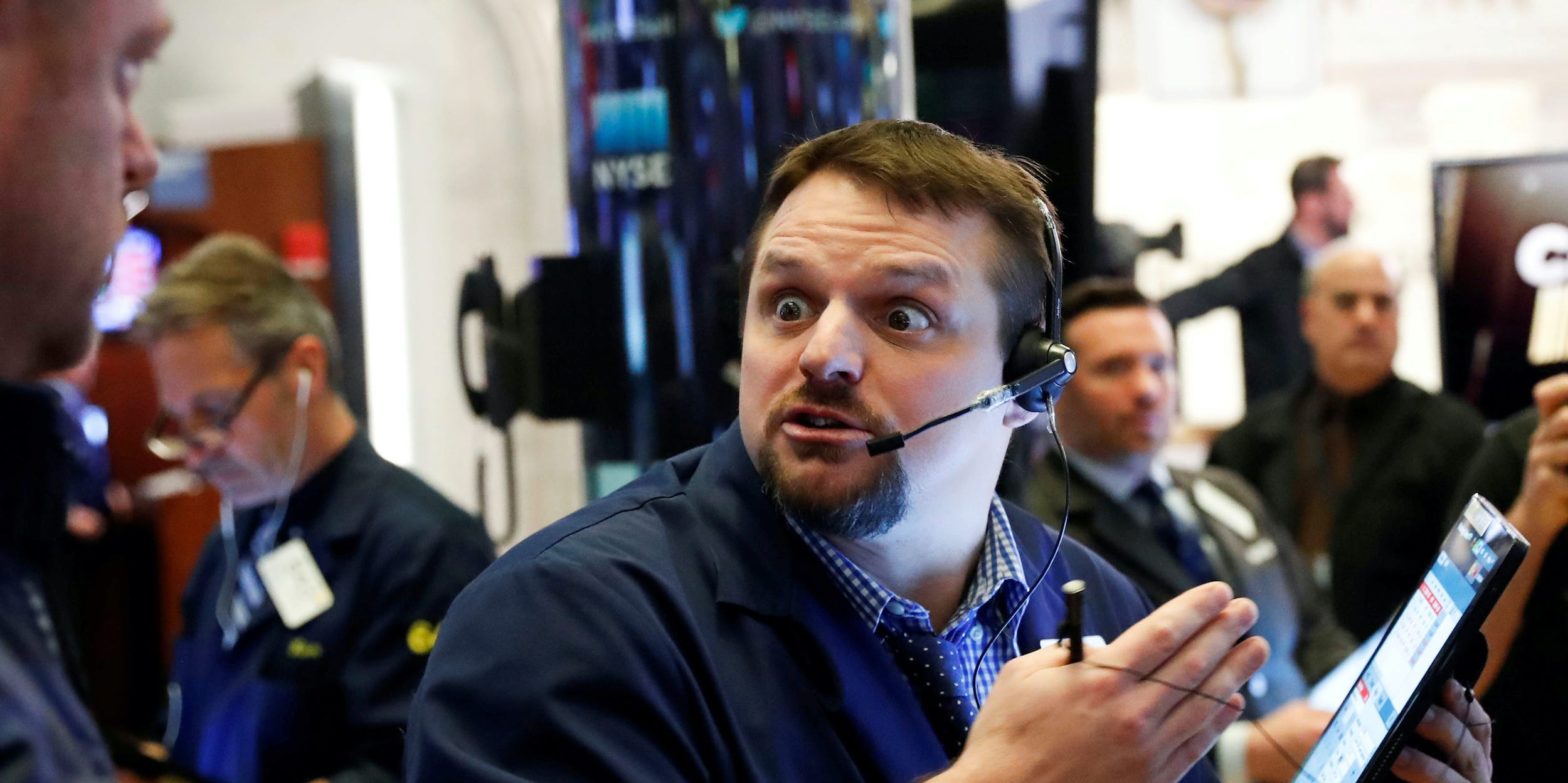Investors should “sell the rips” in the stock market as the Fed raises interest rates into a bear market, Bank of America said on Friday.The bank observed that 76% of the Nasdaq and 51% of the S&P 500 have entered bear market territory.”We believe bull era of central bank excess, Wall Street inflation, [and] globalization [is] ending,” BofA said. Loading Something is loading.
Instead of buying the dips, investors should be selling the rips in the stock market as the Federal Reserve begins to raise interest rates into a bear market , Bank of America said in a Friday note.
“We believe [the] bull era of central bank excess, Wall Street inflation, [and] globalization [is] ending, and [a] bear era of government intervention, social and political polarization, Main Street inflation, and geopolitical isolationism [is] starting,” BofA’s Michael Hartnett said.
While the major stock market averages are not in a bear market, BofA notes that most individual stocks are already in one. According to the note, 76% of Nasdaq stocks and 51% of S&P 500 stocks are at least 20% off their 52-week highs.
The Nasdaq 100 briefly entered bear market territory on Thursday, falling more than 20% from its record high before staging a sharp reversal as investors digested the implications of Russia’s attack against Ukraine.
That weakness has spread to crucial stock market sectors that are indicative of a potential recession ahead, especially housing stocks. Home Depot is down 29% from its recent peak, and homebuilder Toll Brothers is down 38%.
“[This] rarely happens outside of recession,” BofA warned, adding that “the consumer is always right.”
Likely to compound a continued deterioration in the stock market are expectations that the Fed will begin to raise interest rates and reduce its balance sheet just as the economy starts to slow down and a bear market unfolds, the bank said.
“‘Inflation shock’ means ‘rates shock’ which means ‘growth shock’ = negative returns in credit and stocks in 2022,” BofA said. And Russia’s invasion of Ukraine only exacerbates the bearish fundamentals as the conflict could very well lead to continued commodity inflation and a policy mistake by the Fed.
Finally, BofA sees significant downside in the S&P 500 before a “Fed put” would be activated. The “Fed put” is code word for how low the S&P 500 needs to decline before the Fed will step in and make a dovish policy pivot in order to stem the decline.
According to BofA, the “Fed put” won’t register until the S&P 500 falls below 3800, representing potential downside of at least 12% from current levels.
Deal icon An icon in the shape of a lightning bolt. Keep reading
More: MI Exclusive Stock Market Outlook Stock Market Analysis Stock Market Chevron icon It indicates an expandable section or menu, or sometimes previous / next navigation options.
